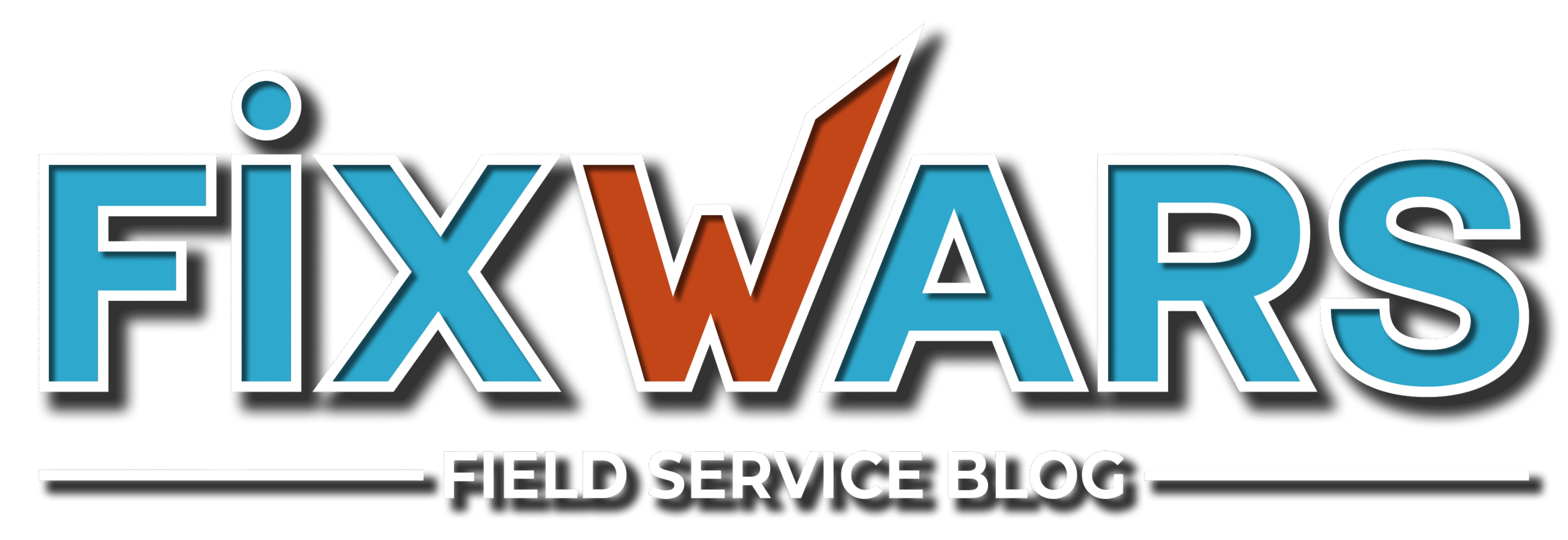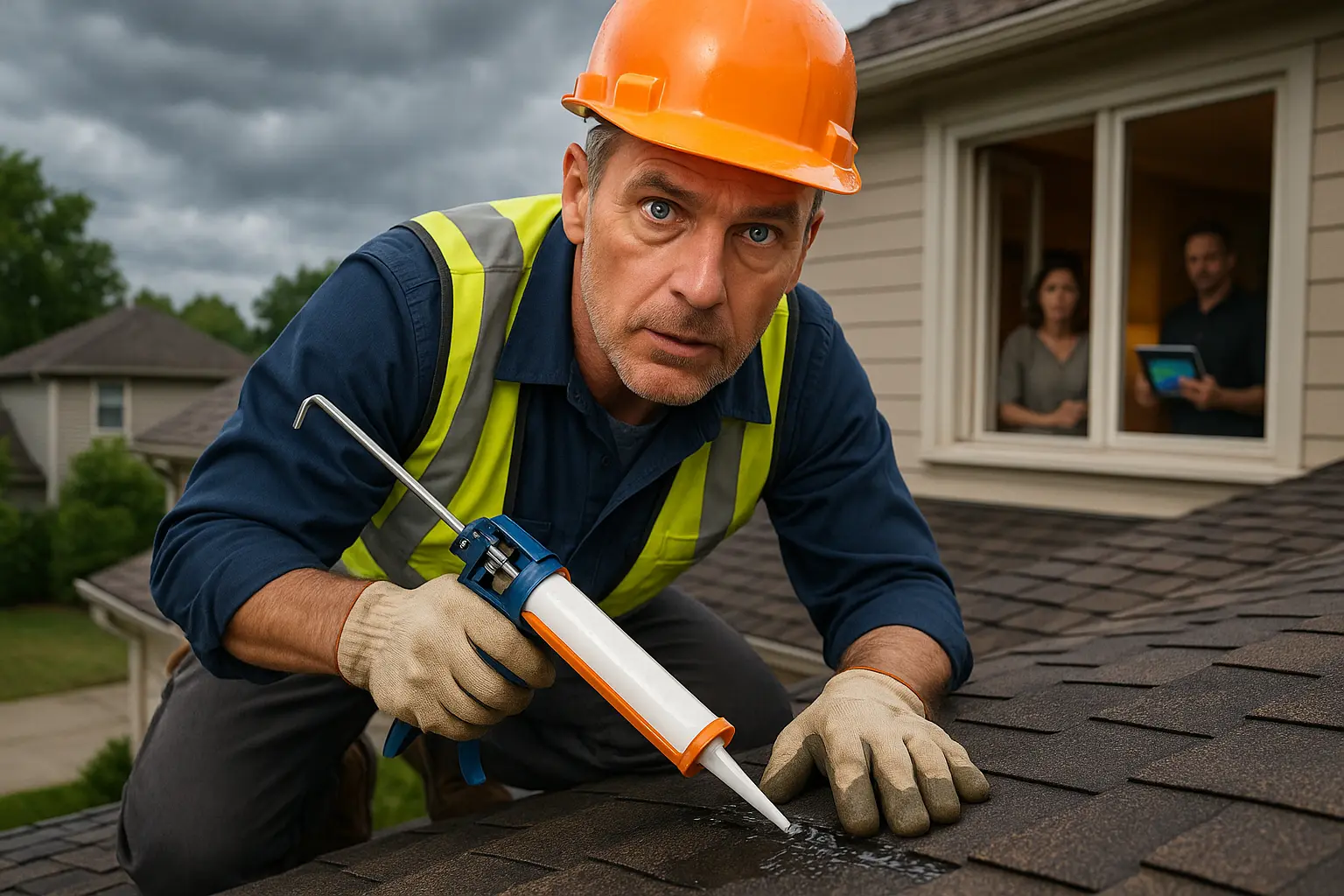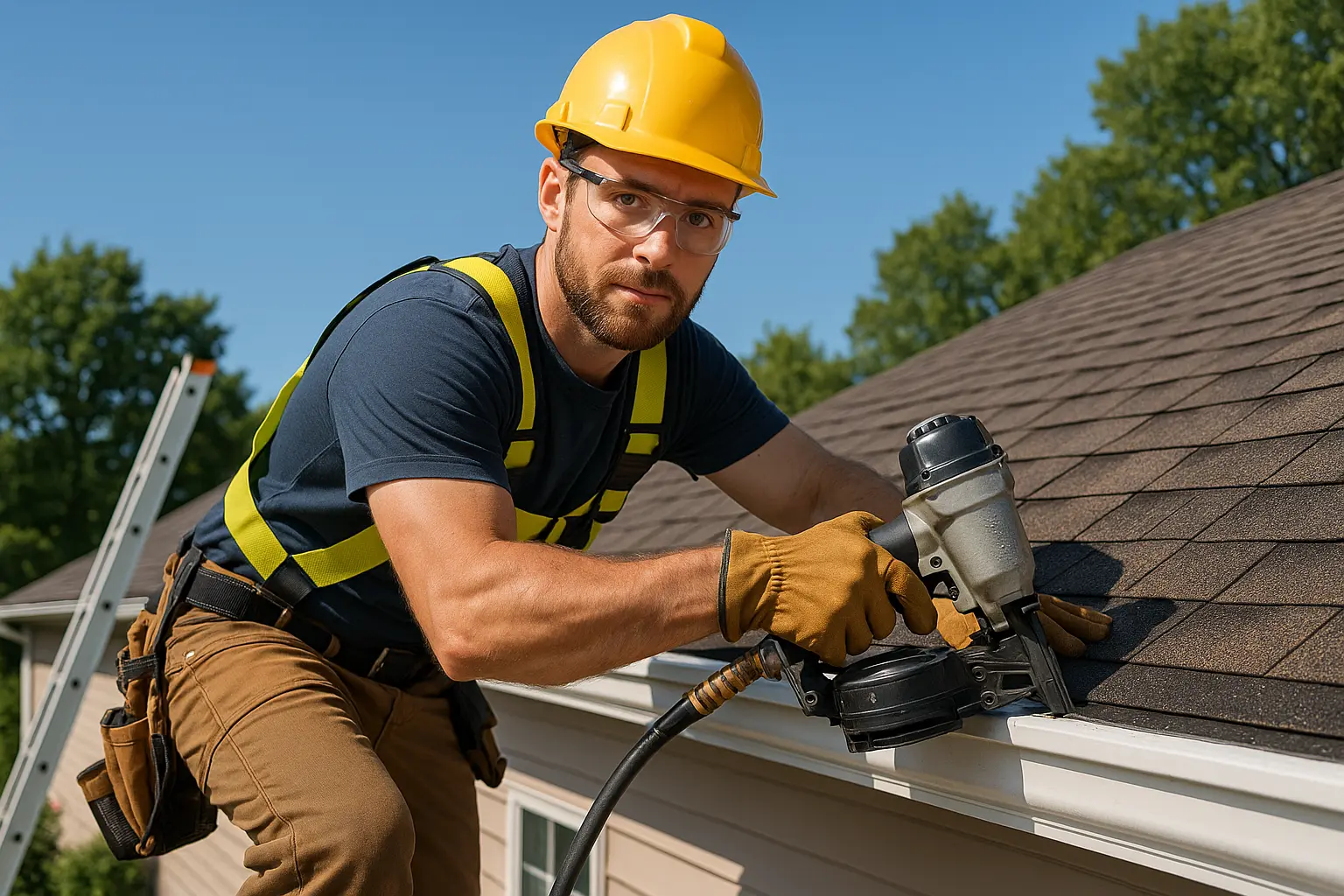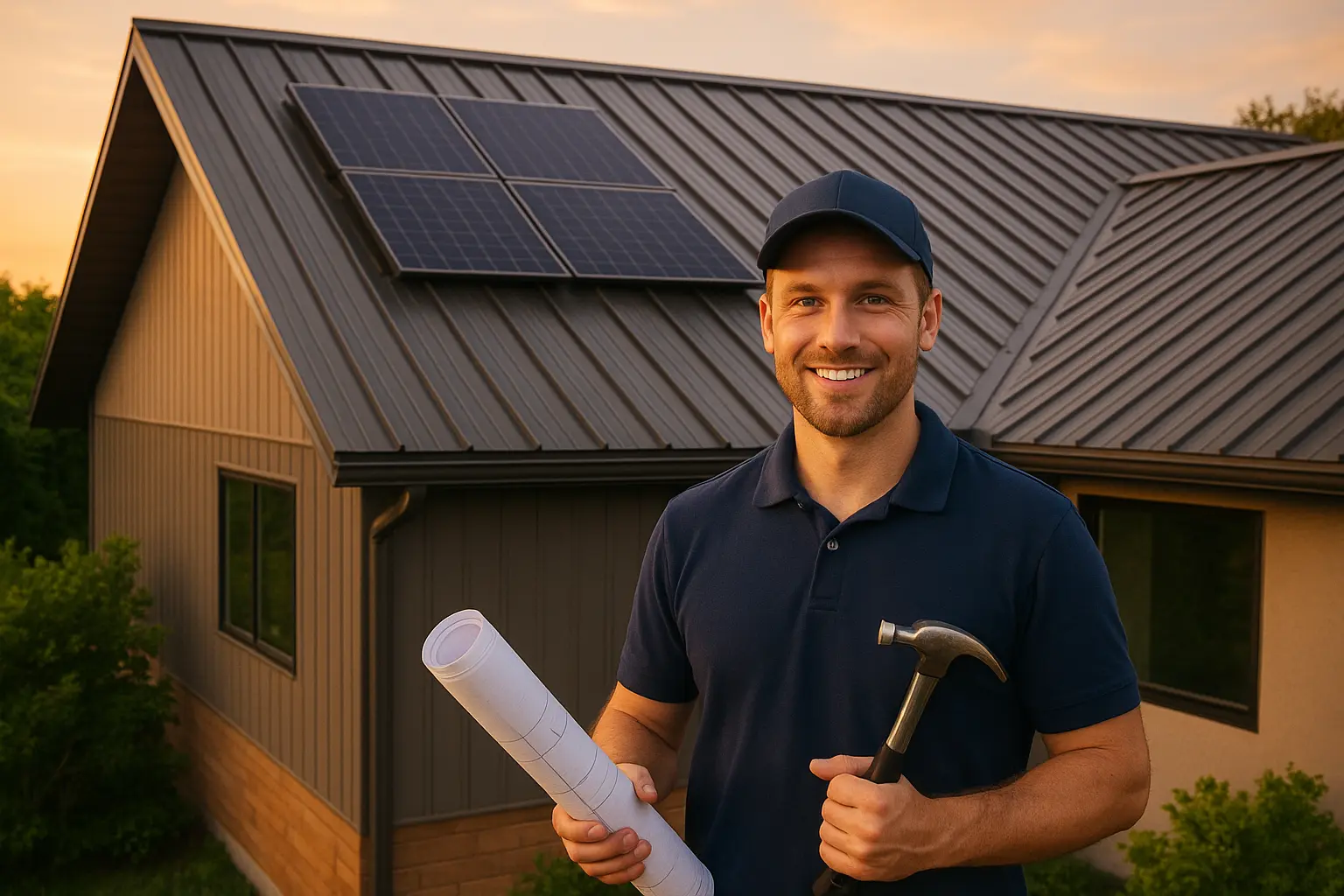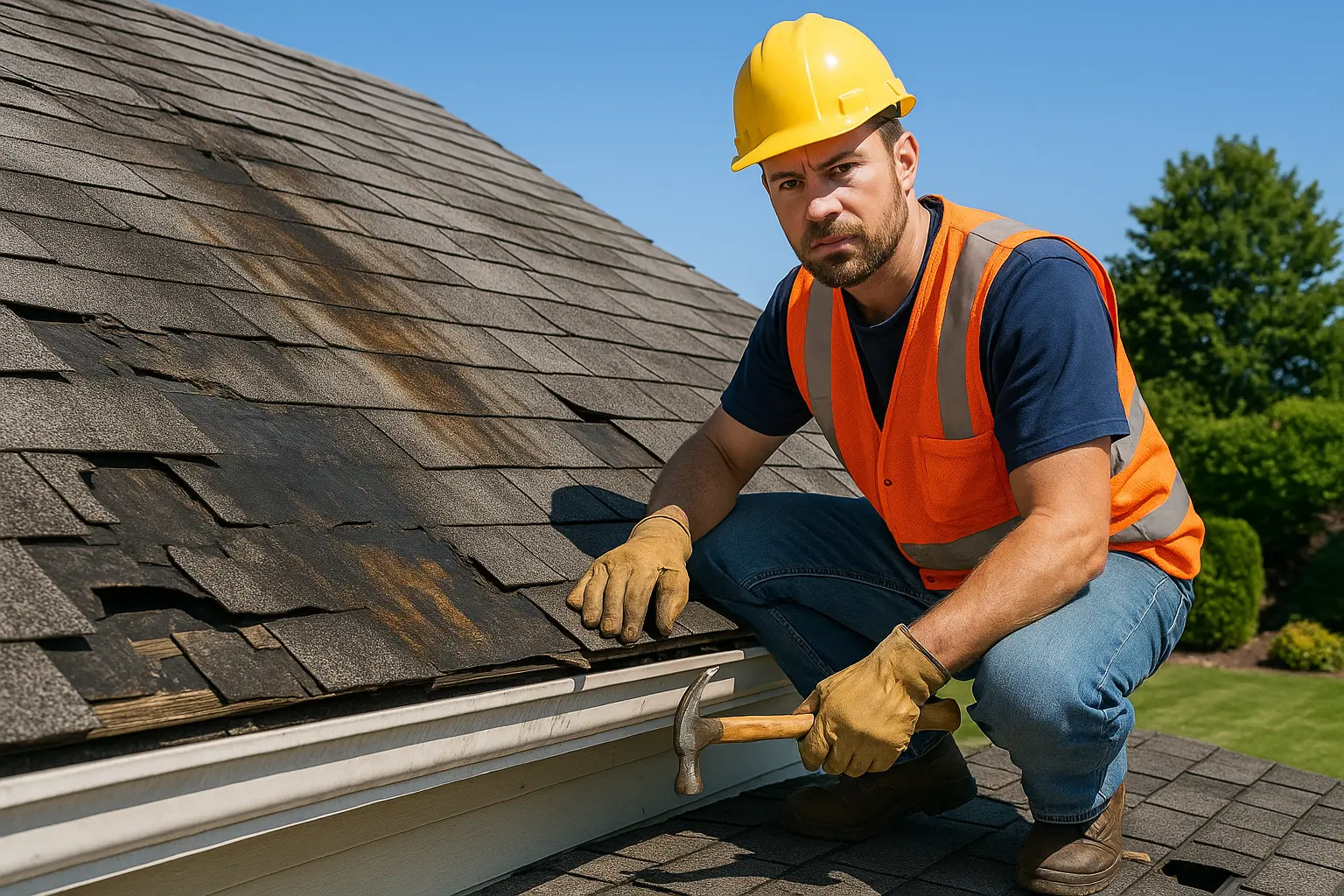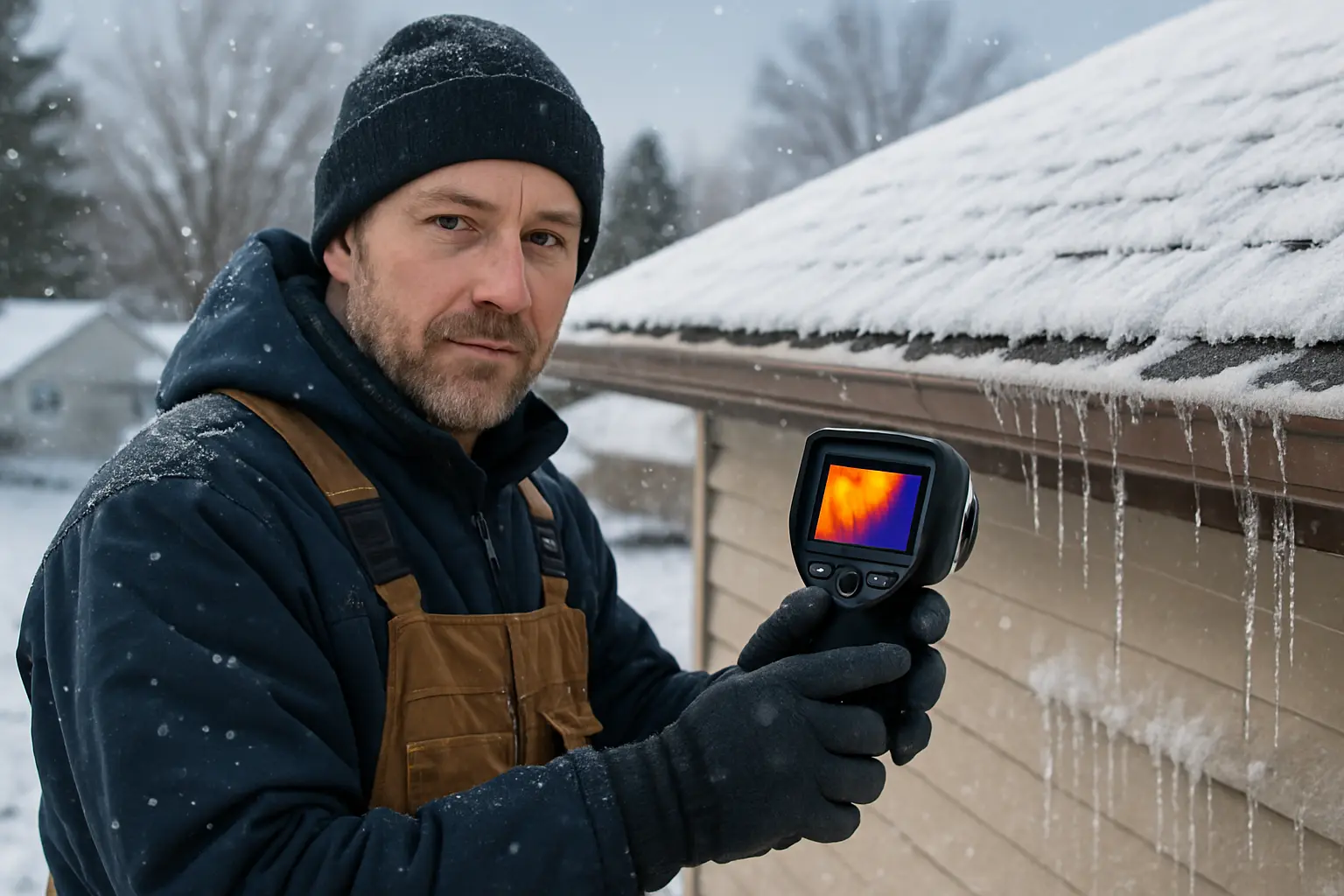Understanding Roof Leaks: A Comprehensive Overview
Roof leaks are more than a small inconvenience – they can weaken your home’s structure and reduce its lifespan. Shifts in temperature, the effects of heavy rain, and the natural deterioration of roof materials all play a part in developing leaks. In this guide, we explore why leaks occur, how to spot early warning signs, and the many facets of addressing them. Whether you own your home, manage property, or are simply curious about roof upkeep, this article offers clear steps to protect your living space from water damage and unexpected surprises.
What Causes Roof Leaks?
There are many causes behind a roof leak. One common culprit is aging materials. Over time, the adhesives used for shingles lose their grip and the roof components become brittle. This deterioration creates gaps that let water through. Exposure to the sun’s rays, unrelenting moisture, and temperature changes speeds up this process dramatically. In addition, damaged roofing components—from dislodged shingles to deteriorated underlayment—open the door for leaks. Poor installation during construction or re-roofing projects may also predispose your roof to unexpected failures.
Design plays a role, too. Roofs with steep pitches or intricate layouts might hide weak spots that could become starting points for a small roof leak that worsens when heavy rain comes down. Extremely forceful winds or sudden heavy rain can exacerbate these vulnerabilities, leading to severe water damage over time if issues aren’t addressed with timely emergency repair.
Recognizing the Signs of Trouble
Noticing problems early is key to avoiding expensive fixes later. Homeowners should inspect their spaces carefully for clues of water damage. Watch for:
- Discolored patches on ceilings, walls, or floors that hint at water seeping in.
- Peeling paint or wallpaper, which often shows that moisture is building behind your surfaces.
- Musty odors that suggest mold or mildew thrives in damp spots.
- Stains or rings of water inside the roof area after a storm, clear signs that a leak is present.
Recognizing these early indicators is crucial. Regular checks can help you decide when a simple seal or an immediate emergency repair is needed, preventing a minor roof leak from turning into a major headache during heavy rain.
Immediate Steps to Mitigate Damage
Whenever you suspect water is finding its way inside, acting fast can prevent further harm. Start by placing a bucket or container beneath the leak to capture drips, stopping additional water damage to your floors and furniture. Carefully move any valuable items – electronics, important documents, or cherished keepsakes – away from the wet area. It’s also wise to document the damage with clear photos and videos. This will be handy for insurance claims and when arranging professional repairs.
If possible, temporarily block the leak using plastic sheeting or tarps. While these measures are only temporary, they buy you time until you can arrange a thorough emergency repair. Acting quickly not only helps to stop immediate water damage but also reduces potential risks like mold growth or electrical hazards if water comes into contact with wiring.
Identifying Leak Sources for Effective Solutions
Before any repair work begins, it is crucial to pinpoint the exact source of the problem. Water may travel along beams or seep between insulation layers, making it essential to look for the true origin of a leak. A detailed inspection can ensure that any emergency repair, as well as long-term solutions, will address the real issues effectively.
Inspecting the Attic for Hidden Clues
An attic inspection is a good starting point for tracking down leaks. In your attic, look for moisture trails along the roof sheathing and rafters. Often, water leaves behind dark stains or damp patches that reveal a hidden passage. Check around vents, skylights, or chimneys for any cracks or gaps where leaks might start. Also, note areas where insulation seems out of place or discolored, as these spots might indicate chronic leaks continuing over time.
Safety is paramount during attic checks. Wear sturdy clothing, use a reliable flashlight, and be mindful of any potential hazards like exposed nails or unstable flooring. Frequent attic inspections, especially after periods of heavy rain, can give you early warnings about developing issues and help you decide if an emergency repair is in order.
Evaluating Roofing Materials Outside
Once you’ve examined the interior of your home, it’s time to step outside and inspect the roof itself. Run your fingers gently along the roof surface to feel for cracks or loose areas that may not be visible from inside. Check each shingle for signs of wear – cracks, missing pieces, or curling edges can all be gateways for water intrusion. Even minuscule punctures or holes caused by hail, falling debris, or small critters can eventually lead to a roof leak during heavy rain if left unrepaired.
Older roofs tend to accumulate minor defects that, over time, combine into a larger issue. Routine touch-ups and an occasional emergency repair when small problems are spotted can go a long way toward extending the life of your roofing materials. A careful, tactile inspection of the roof can reveal problems lasting behind the scenes until heavy rain brings them to light.
Assessing Gutters and Flashings
Often, water issues stem from components that support your roof rather than the roof itself. Gutters and flashings are crucial in managing water flow. When gutters become clogged, water can back up and seep under the roofing material, intensifying any minor roof leak. Make sure that gutters and downspouts are free of debris, leaves, or twigs. Even small blockages can force water in the wrong direction, making an emergency repair necessary after a heavy rain.
Flashings, the metal pieces around joints, chimneys, and vents, help form a watertight barrier. Over time, these can corrode, separate, or become improperly sealed, providing another pathway for water. A detailed assessment of these elements may reveal that they need resealing or replacement to prevent further issues.
Emergency Repair Tactics and Long-Term Fixes
Once you identify the source of your roof leak, you need to choose between immediate actions and more permanent solutions. Sometimes, a prompt emergency repair can stop damage in its tracks until thorough maintenance is scheduled. This section offers both temporary fixes and lasting solutions so you can decide what best fits your roof’s needs.
When to Trust a emergency repair Service
In the midst of active water damage, a quick temporary fix might be your only option. For minor leaks, applying roofing cement or sealant over the affected area can provide short-term relief. Covering leaks with plastic sheeting or tarps, and securing them properly, stops water from causing further harm, especially during heavy rain. These emergency repair steps are not permanent fixes but are crucial to reduce ongoing water damage.
While a temporary patch may keep the leak at bay for a short while, repeated exposure to heavy rain or continued wear might require multiple emergency repair actions before a more permanent solution can be arranged. Over time, even the smallest roof leak can lead to costly water damage if left to run its course, so calling in an expert for an emergency repair is often the best course of action.
In several instances, repeated emergency repair measures can alert you to a bigger underlying issue that needs full attention. Whether it’s worn-out shingles that just can’t hold another heavy rain or faulty flashing, these quick fixes help safeguard your home until a complete restoration is possible.
Opting for Permanent Solutions
For lasting protection, it is wise to invest in long-term repair solutions. Replacing damaged shingles or tiles not only resolves the immediate leak but also reinforces the overall integrity of your roof. Permanent fixes frequently involve resealing roof valleys and flashings, areas especially prone to leaks with each heavy rain. Skilled professionals remove old sealant and apply a more durable, weather-resistant layer, ensuring lasting protection against water damage.
Sometimes, the water might have damaged the underlying structure itself. Addressing this could require repairing parts of the roof deck or rafters. Although such repairs might be more costly upfront, they eliminate recurring problems. In the long run, a proper permanent solution minimizes the need for repeated emergency repair interventions, saving you both money and future headaches.
Professional Repairs Versus DIY Fixes
You might be tempted to take matters into your own hands, particularly for small leaks. However, roofs are tricky and dangerous to work on. DIY repairs sometimes fail to address the real cause, leading to recurring issues. Moreover, incomplete fixes might force more emergency repair visits after heavy rain. Professional contractors not only have the experience and specialized tools needed to handle complex issues, but their work is often backed by guarantees that provide extra peace of mind.
The decision between a DIY attempt and a professional service should depend on the leak’s severity and your own comfort with repairs. For subtle roof leaks or those occurring after unexpected weather, an expert’s emergency repair service might be the most secure way to keep your home safe without risking personal injury or more damage.
Prevention Strategies to Avoid Future Leaks
The best defense against roof leaks is prevention. Routine inspections, timely repairs, and strong home maintenance routines are your first line of defense against unplanned water damage. A mix of proactive steps can extend the life of your roof and guard against leaks when heavy rain suddenly arrives.
Regular Maintenance and Inspections
Scheduled inspections are essential for maintaining a leak-free roof. Hiring a professional every one or two years to check on shingles, flashings, and underlying structures can pinpoint issues before they worsen. Regular checks ensure that small signs of damage are addressed before they develop into larger problems that might demand an emergency repair. Alongside professional inspections, regularly cleaning your gutters and downspouts is a simple but effective way to reduce the risk of water backup and a potential roof leak during heavy rain.
Timely maintenance can help maintain the overall energy efficiency of your home by preventing moisture from damaging insulation. This routine upkeep not only helps avoid water damage but also prevents costly repairs later.
Installing Waterproof Barriers
Another useful measure in preventing roof leaks is the installation of waterproof barriers. Many homeowners opt to add a waterproof underlayment during roof renovations. This extra layer acts as a second line of defense against water intrusion, especially useful during heavy rain. Even if outer roofing materials start to fail, the underlayment keeps water from reaching the structural components of your home.
Waterproof barriers are especially beneficial for older roofs or homes in climates where heavy rain frequently tests the limits of roof durability. Investing in these barriers reduces the need for emergency repair services during timed storms and ensures a more secure balance against water damage.
Enhancing Drainage Systems
A well-planned drainage system is a key factor in preventing leaks. Efficient gutters that easily channel water away from your roof prevent water pools and reduce water pressure on your roof’s surface. Upgrading gutters, installing guards to stop debris buildup, and ensuring that the roof slope directs water away from critical areas are all smart moves. These measures lessen the chances of a roof leak, especially during heavy rain.
Improved drainage not only averts water damage but also supports the long-term durability of your roof by reducing stress on vulnerable areas. A properly maintained drainage system means fewer emergency repair calls and a consistently secure home environment.
Conclusion
In summary, a clear look at the causes and signs of roof leaks sets the stage for effective home protection. Recognizing factors like aged materials, damaged shingles, and compromised drainage can lead to timely measures that prevent water damage. Whether you’re catching drips with a bucket, documenting damage for insurance, or covering up a leak temporarily, prompt action is vital to avoid further harm.
Inspecting your attic, roofing materials, gutters, and flashings gives you a complete picture of where a leak originates. With such information, you can determine if an emergency repair – a step that might need to be taken multiple times before a permanent fix – is necessary. Quick actions can safeguard your home during heavy rain, while permanent repairs restore the roof’s overall strength.
Deciding between a DIY approach and professional help hinges on the complexity of the issue. Some situations may call for an immediate emergency repair service to prevent further water damage, whereas others require expert insight to deliver long-lasting results. Maintaining regular inspection routines, installing waterproof barriers, and upgrading drainage systems are all proactive methods to secure your home against future leaks.
Ultimately, protecting your home means understanding when to act quickly, knowing that sometimes even an emergency repair is just a temporary stopgap before a comprehensive permanent fix. By keeping on top of maintenance and being prepared to call in professional assistance when needed, you can ensure that your home stays dry, secure, and ready for whatever heavy rain or unexpected weather comes its way.
